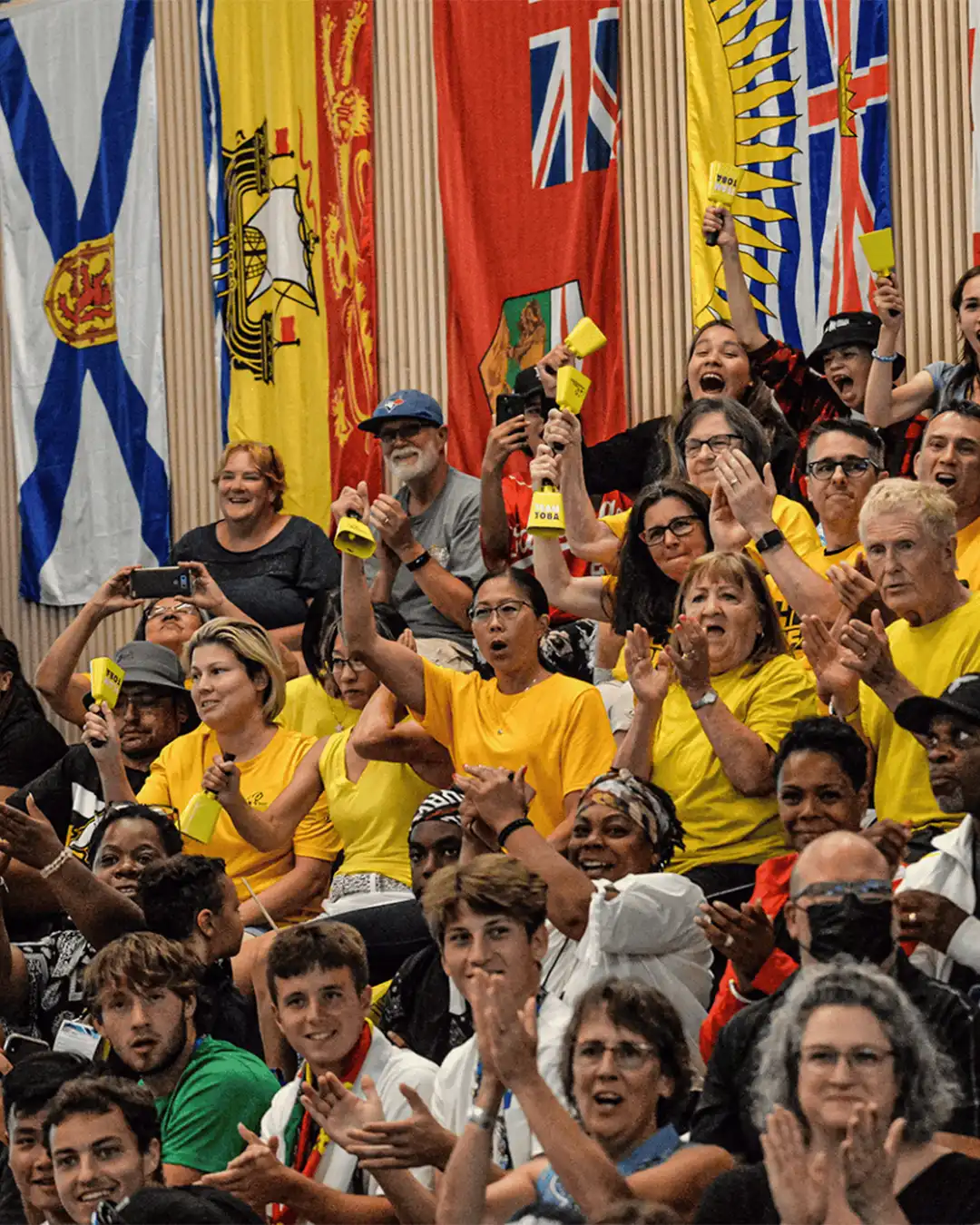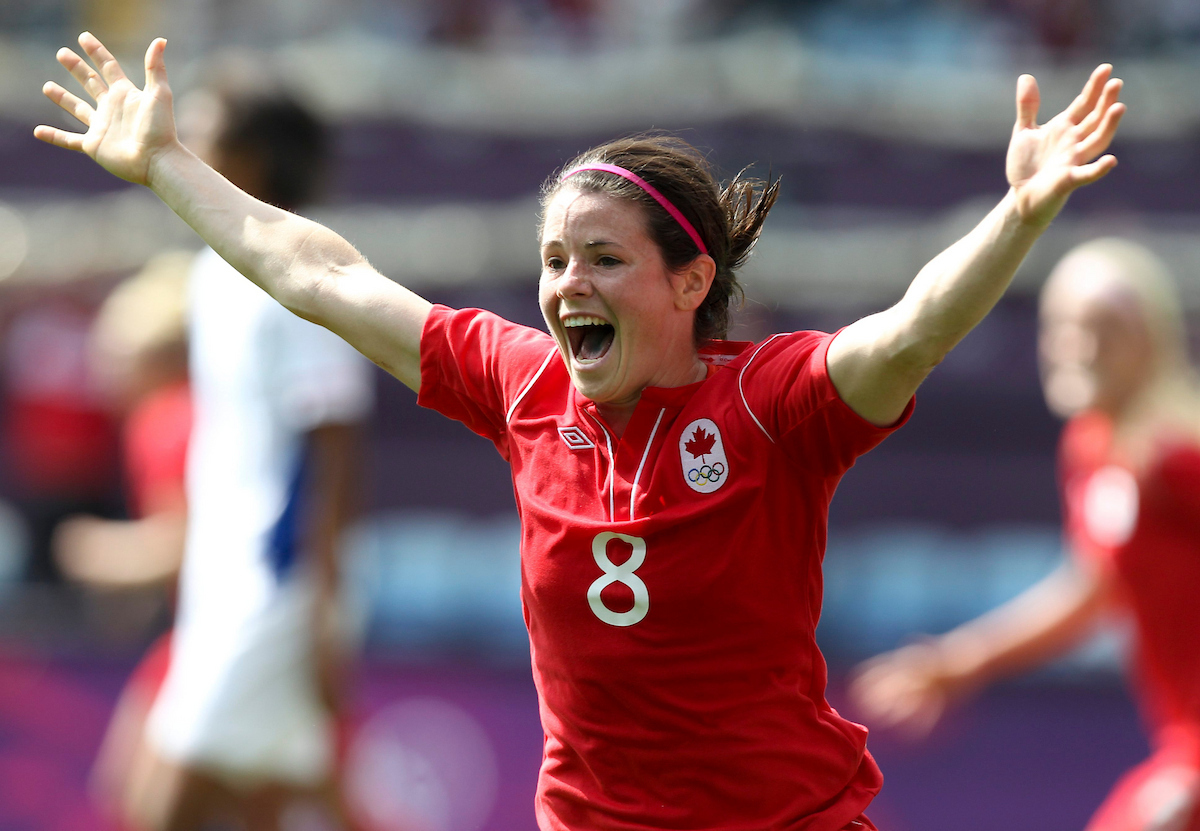Lyn Radford has been heavily involved in sport in Alberta for decades, culminating in her position as Chair of the Red Deer 2019 Canada Winter Games Host Society.
Since then, she has joined the Board of Directors at the Canada Games Council (CGC), bringing a Host Society perspective and her Cree Métis heritage.
A self-described “solution-maker,” Radford started to transition from a participant to the administrative side of sports after becoming a parent.
“I really got into that when we moved to Red Deer back in ‘86,” she said. “Then as my kids got more involved, once again, my horizon got expanded, and I recognized in the organization piece of sports, that there were deficiencies, challenges - whatever you want to call it - so I wanted to fix those kinds of things up.”
One of the first big projects Radford undertook was to the benefit of the gymnastics community in Red Deer. She said, at the time, youth were training in a warehouse, which was not conducive to producing high performance athletes.
She knew something needed to be done when she noticed that the tumblers, in the frigid Alberta winter, were forced to start their runs outside in the parking lot and run through an open door to get the required speed to make a successful pass.
After meeting with city officials and spearheading the project, the Collicutt Centre was built, and continues to serve gymnasts in Red Deer today.
“Once you have a success like that, it starts to make you realize that an individual who can encourage a team to come and join them, is able to do great things,” Radford said. “But it is so true - you do not do this yourself. You may have the concept, but you have to make others believe that this concept is worth it and to the benefit of many.”
From that singular focus on gymnastics, Radford ventured into multi-sport events as staff at the Red Deer 1998 Alberta Winter Games, before stepping into the Chair role for the same Games in 2006. Already knowing the transformative power of sport herself, all of Red Deer was beginning to see its positive community and financial impact as well.
When Alberta was slated to host the Canada Winter Games in 2019, Radford’s initial goal was just to secure the Games for her city, and then step aside. But her track record of putting on successful events, on budget, had people encouraging her to lead the project across the finish line.
“I really believed that our community was ready, and we needed it,” she said. “I didn't set out to be the Chair whatsoever, but unfortunately, it's kind of like child raising; once you get into it, it's kind of your baby.”
In addition to seeing the entire community, from sport to culture to social justice, come together to do the work and reap the benefits, Radford said another one of the most rewarding parts of the Games has been seeing the younger staff take that experience and grow into leaders, both within Red Deer and at the next Host Societies.
After attending the PEI 2023 Canada Winter Games in her new role on the Board and reconnecting with some of the staff from 2019, Radford traveled back to the East Coast last summer to watch four of her grandchildren compete at the 2023 North American Indigenous Games (NAIG) in Kjipuktuk (Halifax, NS).
Radford said the Canada Games could learn a lot from NAIG, where culture is built into every aspect of the Games from the beginning. As a starting point, every sport venue at NAIG 2023 had a smudging area.
“It could be as small as that,” Radford said. “We would have the opportunity to teach other cultures about smudging, and also give our Indigenous participants an opportunity to practice one of their cultural pieces.”
Cultural integration at NAIG - in addition to the caliber of the competition - was something that impressed her. Radford spoke of how the Canada Games could learn from that model, to authentically infuse the Games with Indigenous practices.
“I honestly do think we should be presenting eagle feathers, or some sort of other symbolic piece, to our medal winners that have identified as Indigenous,” she said. “It would be a quiet reminder to other participants that we have this Truth and Reconciliation piece, and that Canada Games is doing this.”
With her experience on the Host Society side, Radford wanted to be explicit that, with the proper forethought, these actions can be implemented without finding extra money in the budget. Being able to voice these ideas early in the Games Life Cycle - as a Host Society is being formed - is one reason she joined the CGC Board.
“Another piece that we could have is to make sure that we have Indigenous elders presenting the medals,” Radford said. “All of these things are little pieces that you could do, right? Without costing a whole lot of money to the Host Society, and without shouting it and going overboard, but being very respectful in how we do it.”
In addition to reinforcing the importance of celebrating local Indigenous traditions on a national stage like the Canada Games, Radford also understands the finances of both Host Societies and the CGC, which allows her to make realistic and achievable suggestions.
“I feel really good about what I can contribute to the Board now,” she said. “From the Indigenous culture, I can see my role as helping guide along this Truth and Reconciliation piece, and recognize that we have limited budgets, but we also have ways, like we just discussed, we can move this forward.”










